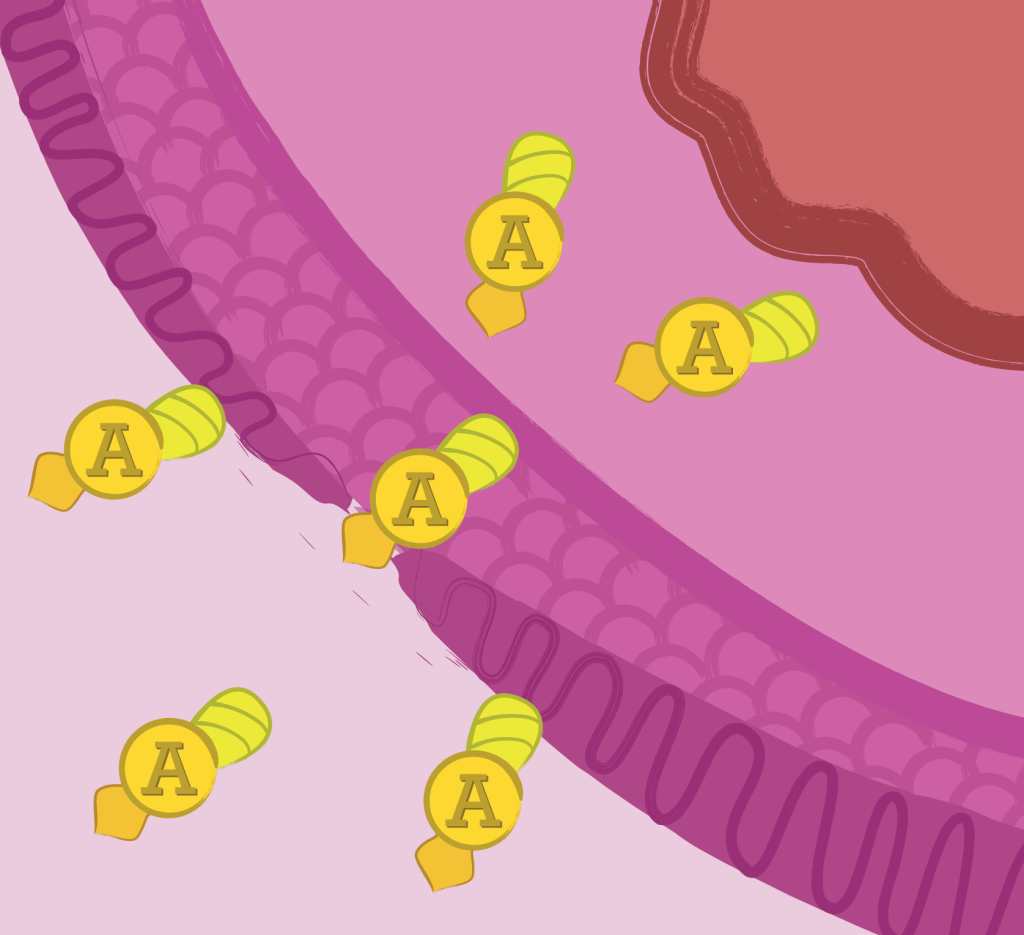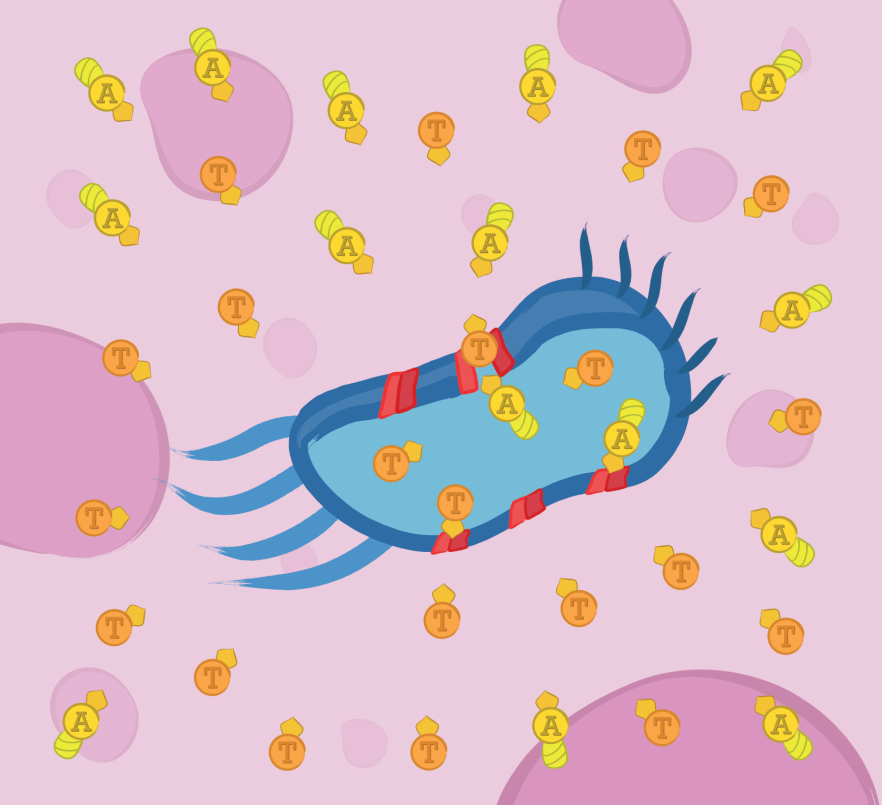Team:TecMonterrey
From 2013.igem.org
KingDavid2 (Talk | contribs) |
KingDavid2 (Talk | contribs) |
||
| Line 563: | Line 563: | ||
<a class="tag" href="Team:TecMonterrey/methods.html">Methods</a> | <a class="tag" href="Team:TecMonterrey/methods.html">Methods</a> | ||
<ul class="sub_navigation"> | <ul class="sub_navigation"> | ||
| - | <li class="list"><a href="Team:TecMonterrey/methods.html#GNL">General Methods</a></li> | + | <li class="list"><a href="./Team:TecMonterrey/methods.html#GNL">General Methods</a></li> |
| - | <li class="list"><a href="Team:TecMonterrey/methods.html#THPR">Therapeutic Proteins</a></li> | + | <li class="list"><a href="./Team:TecMonterrey/methods.html#THPR">Therapeutic Proteins</a></li> |
| - | <li class="list"><a href="Team:TecMonterrey/methods.html#HYPP">Hypoxia Promoters</a></li> | + | <li class="list"><a href="./Team:TecMonterrey/methods.html#HYPP">Hypoxia Promoters</a></li> |
| - | <li class="list"><a href="Team:TecMonterrey/methods.html#SCRT">Secretion System</a></li> | + | <li class="list"><a href="./Team:TecMonterrey/methods.html#SCRT">Secretion System</a></li> |
| - | <li class="list"><a href="Team:TecMonterrey/methods.html#INTL">Inernalization</a></li> | + | <li class="list"><a href="./Team:TecMonterrey/methods.html#INTL">Inernalization</a></li> |
</ul> | </ul> | ||
</li> | </li> | ||
Revision as of 03:01, 29 October 2013


Modular, synthetic biology approach for the development of a bacterial cancer therapy in Escherichia coli.

IV
I
III
II
Overview
By harnessing the inherent ability of facultative anaerobic bacteria to colonize and grow in tumoral environments, this project aims to prove the functionality of four different modules that would work together as a bacterial cancer therapy using Escherichia coli as chasis: Toxicity module, Secretion module, Localized induction module, and Internalization module. The expression of tumor specific therapeutic proteins, Apoptin and TRAIL, conforms the toxicity module. For these proteins to have their effect they need to be located in the extracellular matrix, therefore we are developing a module with a secretion function using hemolysin secretory mechanism. The hypoxic microenvironment present in tumors can be used for the localized induction module of tumor specific proteins, using the promoters HIP and nirB. Finally, Apoptin needs mechanisms to enter tumor cells’ cytoplasm. Proteins with this requirement could reach the cytoplasm when coupled with the internalization module, resulting in a fusion with the TAT peptide.
 "
"




















